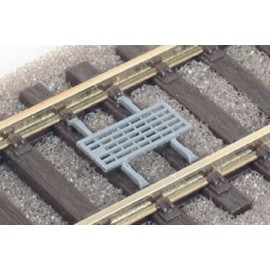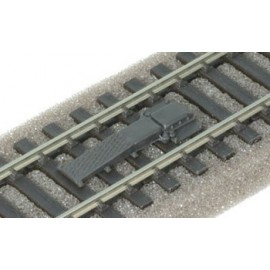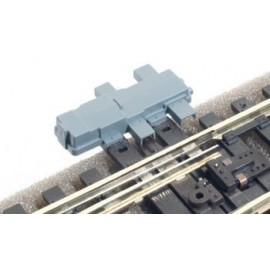There are a number of different types of Cyanoacrylate or CA glue and each type has specific characteristics which...
No products
Product successfully added to your shopping cart
There are 0 items in your cart. There is 1 item in your cart.
Search Tips
What is a facing point lock in railways?
Facing point locks are commonly used throughout the world's rail systems, their function is to physically lock points in position therefore protecting trains from the points accidentally changing as a train passes over them. In the UK it is not permitted for a train to pass over points from a facing direction (diverging direction) without them being locked into place. Points are locked by the signallers using a blue lever or electronic equivalent.
The lock is only required when a train is approaching from a facing direction because when a train is merging from the opposite direction, the forces exerted on the point blades only serves to keep the points in the desired position and there is no risk to trains.
An equivalent setup exists on model points in the form of the little internal spring that keeps point blades firmly in place whilst trains pass safely by.
Click here to receive the tips weekly in your mailbox. You can unsubscribe at any time.










